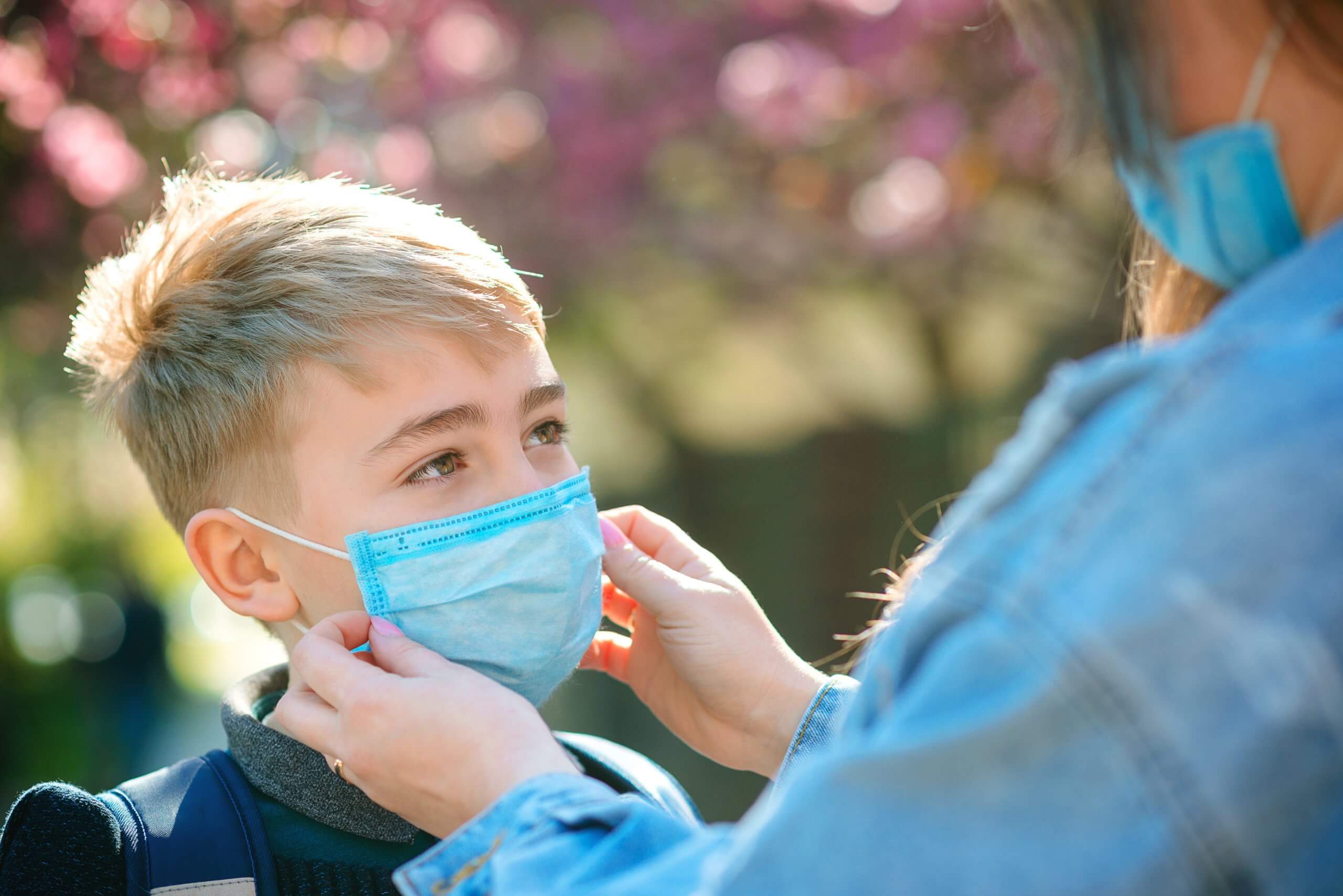December 4, 2025
Teaching COVID-19 Skills

FEATURED POSTS
December 1, 2025
November 25, 2025
November 7, 2025
As states take their first tentative steps toward reopening, we want to support families navigating new rules that may be encountered in the outside world: hand hygiene, wearing masks, and physical distancing. You may be considering sending your child back to a center-based program soon, or thinking about what things will look like at school in the fall; whatever the circumstance, these are health and safety issues that we should address with all of our children. Here are some topics to discuss with your clinician.
Hand Hygiene
We know that the spread of Covid-19 is primarily through touch, so it is a good time to talk to your clinician about where your child is with hand hygiene, and what is the next step in teaching them to maintain hygienic hands.
Thorough hand washing is most likely something you have already begun to teach your child that will remain a priority. For those who are just learning this skill, it is more important for them to tolerate a longer, prompted, handwashing than to achieve independence at a less-thorough level. Children should also be able to use hand sanitizer effectively, cough and sneeze into their elbow, and be able to refrain from touching common surfaces and their own faces.
There are many different methods of teaching handwashing: prompting and reinforcing, chaining (teaching certain steps first and then adding on to the “chain”), video modeling, picture schedules, or peer (sibling) tutoring. These same approaches can be slightly modified for teaching effective use of hand sanitizer. Coughing and sneezing into an elbow may also be taught through modeling, video modeling, peer (sibling) tutoring, or repeated practice and role-play.
Another thing to think about is ways to help our kids build the habit of keeping their hands to themselves in public – we don’t want them touching items others have touched, or their own face. The easiest method is to teach them an alternative response, like keeping their hands in their pockets, clasping their hands together, or holding an object with both hands. First, you use instructions and reinforcement to teach the target behavior to occupy their hands. Then, begin to slowly increase the amount of time they can keep their hands occupied before they receive a reinforcer. Ultimately, when they are in the community, you want to be able to give them the instruction and feel confident they will not touch common surfaces or their face.
Face Coverings
Masks and other face coverings will likely be in use for the foreseeable future, so it’s a good idea to begin teaching our kids to tolerate wearing face coverings and getting used to others wearing them. One way to tackle this is “desensitization,” a fancy term for starting small and building up tolerance slowly. If you were using desensitization, you might begin with first having your child touch the mask with her hand, then allowing the mask to be held up to her face, then allowing the ties to be secured for a second. Another way is “pairing,” which would entail having a lot of reinforcers available when a mask is present, and getting your child to associate the mask with positive experiences. Other topics to address with your clinician are whether it’s appropriate to teach your child to put a mask on him/herself, or learn how to take a mask off hygienically, without touching the front of the mask, and putting it directly into the laundry.
Physical Distancing
Another skill that will continue to be relevant is learning how to physically distance. For children who can learn to give others 6 feet of distance, your clinician can modify techniques from social skills research that have been used to teach children personal space. Many children will not be able to gauge 6 feet on their own, and the focus moves to ensuring they can follow instructions for their parents or caregivers to guide them in public. You can begin by looking at the instructions that your child already responds to that may help you to guide him to physically distance, for example, “stop,” “come here,” “wait with me,” and “stand right there.” It’s likely that your child has learned or worked on these or similar instructions in the past; now it becomes more important that they are able to follow them quickly and reliably. Talk to your clinician about appropriate ways to solidify these responses, such as increasing the amount of reinforcement earned for physical distancing instructions, practicing them frequently in a variety of settings, and practicing them in the presence of significant distractions.
As parents and service providers, our goal is always to support children in staying healthy and safe as we guide their development. Though these specific goals may not be the things we would have expected to focus on, our aim is to stay flexible and continue to adapt (and help our children adapt) to the changing practices in our community.





